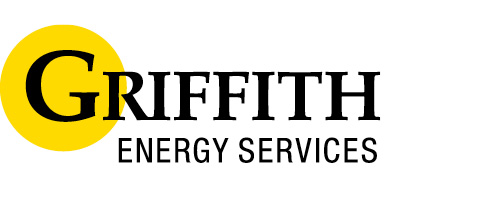On a hot, sticky summer day, it’s hard to imagine functioning let alone living comfortably without the cool blast from an air conditioner. This technology, which dates to the early 1900s, makes summer bearable for billions of people around the world, and it also provides a way to protect the health of medically vulnerable people. Surprisingly, the story of how air conditioning was invented has little to do with personal comfort and everything to do with creating a solution to a business problem.
When Air Conditioning Was Invented
In July of 1902, Willis Haviland Carrier finalized the plans for the first modern air conditioning system. He researched and developed the groundbreaking system to meet the needs of commercial publishing house Sackett & Wilhelms of Brooklyn, NY. The printing company was struggling with excess humidity that affected how the ink reacted to the paper and made it nearly impossible to produce quality work. At the time, He was working as a research engineer for Buffalo Forge Co., which produced custom-designed fans, dryers, heaters and forges. He realized that he needed to come up with a completely new process for removing humidity from the air on a large scale, suitable for a manufacturing or industrial setting.
How Air Conditioning Works
After a couple of unsuccessful experiments, Carrier’s thoughts began to focus on an entirely new approach. He would base his machine off the idea of steam heat, but instead of forcing steam through a system of coils, he would use cold water. Blowers would push air across the coils at a particular speed, depending on the temperature of the air and water. As the air moved over the coils, condensation would form on the metal, reducing the moisture in the air. As a side benefit, the air pushed back into the room was several degrees cooler.
The process effectively transferred excess heat from the air to the cold water inside the coils. The cooled air was then blown back into the printing plant creating a less humid, more pleasant work environment. In the fall of 1903, after the first full summer of cooling, the printing company couldn’t have been more pleased. According to the company’s historical documents, the system was capable of maintaining an optimum 55 percent humidity all year, perfect for the precise demands of color printing.
What Happened Next
Even before the system at Sackett & Wilhelms had a chance to really prove itself, inspiration struck the young engineer again on a foggy night in the fall of 1902. He realized that sending air through a fine spray of water could allow for precise humidity control. The misty drops of water would act as tiny condensers and draw excess moisture out of the air. It was revolutionary, and soon word spread around the globe.
In 1907, the company completed an installation in a Japanese silk mill. Years later, in the 1930s, Japan would be the home of the first fully air-conditioned building and the first fully air-conditioned ocean liner. On the medical front, the first infant incubator room for preemies was born in Pittsburgh, PA, in 1914 thanks to this amazing indoor climate-control system.
The move to residential cooling was a little slower. The first hotels embraced the idea of comfort cooling in 1914, and a Masonic temple hired the Carrier Engineering Corp. for an installation a couple of years later. But most Americans were first introduced to air conditioning in department stores and movie theaters starting in the 1920s after the company unveiled its new centrifugal refrigeration system. Room air conditioners finally made their way into homes in the early 1930s. It wasn’t until the 1950s that residential heating and cooling really began to take off.
Modern Innovations in Cooling
More than 100 years after modern air conditioning was invented, the industry continues to evolve to meet the demands of residential and commercial customers alike. From eco-friendly refrigerants to ultra-efficient dual fuel systems, manufacturers are working to make sure consumers and business owners don’t have to choose between comfort and conserving energy. Programmable thermostats, zoned heating and cooling, and air quality accessories are just a few of the ways that modern systems can homes and businesses more comfortable.
Griffith Energy Services has been dedicated to home comfort in the Easton MD area for more than 100 years. We have the skills and experience to address all of your heating and cooling needs. Whether you need routine service, emergency repairs, an annual maintenance agreement or a whole new heating and cooling system, the professional, technicians at Griffith Energy Services are ready to help. We work on all makes and models of equipment, and we sell and install today’s top products. Call for a free in-home consultation or for more information about how we can make you more comfortable indoors.
Written by Kevin Spain



